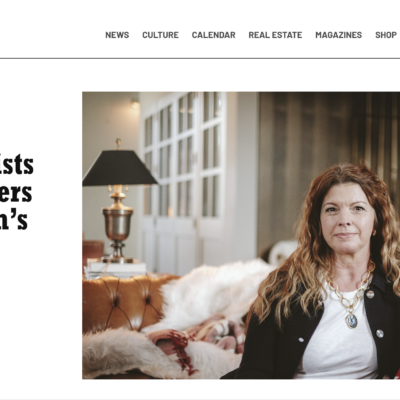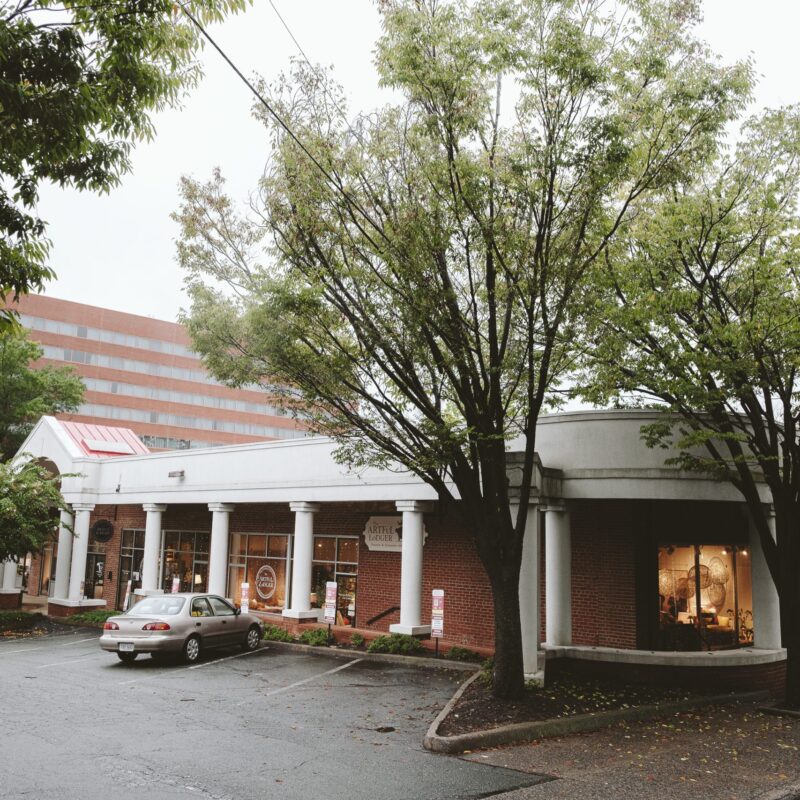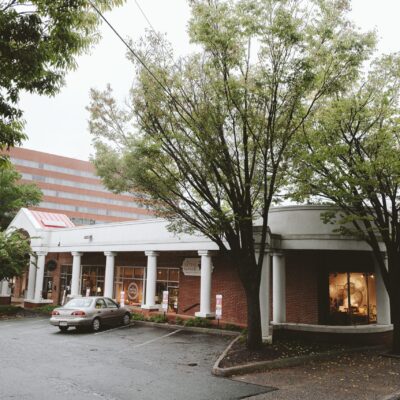Facebook (n.) 1. A social networking site that originated at Harvard in 2002 and opened slowly to a few university communities, then all colleges and, recently, to all users. Old-schoolers refer to the site as “The Facebook,” in reference to the site’s original location at www.thefacebook.com. As it became more popular, the site streamlined to www.facebook.com. Facebook is now the seventh most-trafficked site in the U.S. and is considering a $1 billion sale to Yahoo. 2. Users occasionally refer to their own Facebook as “my Facebook,” or simply “Facebook.” When used this way, users are referring to their own profile page, home page and network of users. Since Facebook is based on cloistered networks and users choose other users to form “friendships” with, each user’s Facebook is unique.
Facebook (v.) 1. To spend time on Facebook, usually by browsing profiles, sending messages or managing your profile information. 2. To find someone on Facebook. Common usage: “I met this guy in class and then I Facebooked him and now we’re friends.”
Friend (n.) Facebook users differ on what constitutes a “friend.” Some say Facebook friends are “good acquaintances,” while others think friends are just “someone you know.” The “friend” relationship is created when one user finds another user’s Facebook profile and “friends” them. A friend request is sent to the recipient, who confirms the relationship.
Friend (v.) To find someone on Facebook and send them a friend request. Common usage: “I ran into this guy a few times on Grounds and I was like, ‘He seems nice,’ so I friended him.”
Message (v.) To send an e-mail-like message to a person’s Facebook inbox. Messages are more personal than wall posts because they cannot be viewed by other users who view a person’s profile.
Network (n.) A user’s university, college or region. Despite its 9.5 million users, Facebook has been able to seem smaller than it is because its users are clustered into protected networks. Previously, everyone within a user network could view a user’s profile—so, all kids in the UVA community, for example, could browse other UVA students freely. The booming popularity of Facebook, however, has prompted more privacy controls that allow users to dictate who may view their profile from both inside and outside their network.
News Feed (n.) An RSS-like stream of information about a user’s network of friends. News Feed picks up on certain Facebook activities, like wall posting, and on changes in a user’s profile and consolidates it into a summary of network activity.
Poke (v.) A Facebook gesture that says, “I viewed your profile.” The Wall Street Journal reported that a poke is a flirtatious gesture.
Privacy (n.) Controls placed on a user’s profile that fine-tune what information is public on Facebook. Privacy controls became more specific when Facebook introduced its News Feed feature, and more extensive when Facebook opened to all users based on regional networks. Users can now choose, basically, who can see what information about their Facebook activity.
Profile (n.) The basic building block of Facebook, on which users post a photo next to their name, sexual orientation, relationship status, birthday, address, hometown and other basic information, in addition to their activities, interests, favorite books, movies, music and quotes. The profile page also displays a “wall” on which other users can post messages to be publicly viewed, a list of groups the user affiliates with, a “status” box which lets other users know what the user is up to, a list of friends in the user’s network with pictures of the friends displayed and a link to photos that have been “tagged”of the user.
Stalking (v.) Perusing profiles. There’s a fine line between “Facebooking” and “stalking,” also referred to as “Facebook stalking.”
Wall Post (n.) Users post messages on a profile page’s “wall.” Posts can be seen by everyone who clicks on that user’s profile. Wall post messages are displayed next to the poster’s picture and a link to their profile.





